How to Become a Professional Dancer

Let’s break down how to become a professional dancer.
Dance is all around us, and the dance industry reflects a vast world full of opportunities, challenges, and connections.
Yet, it’s marked by its toughness and occasional harshness.
Competition can be fierce, and rejection is a common experience for many dancers.
In this blog post, I’ll guide you through the essential steps on how to become a professional dancer and unlock your artistic journey.
OVERVIEW OF THE PROFESSIONAL DANCE INDUSTRY
The physical demands of professional dancing require relentless training, discipline, and sacrifice.
Dancers often push themselves beyond their limits, experiencing exhilarating highs to daunting lows as they navigate the challenges of pursuing their passion.
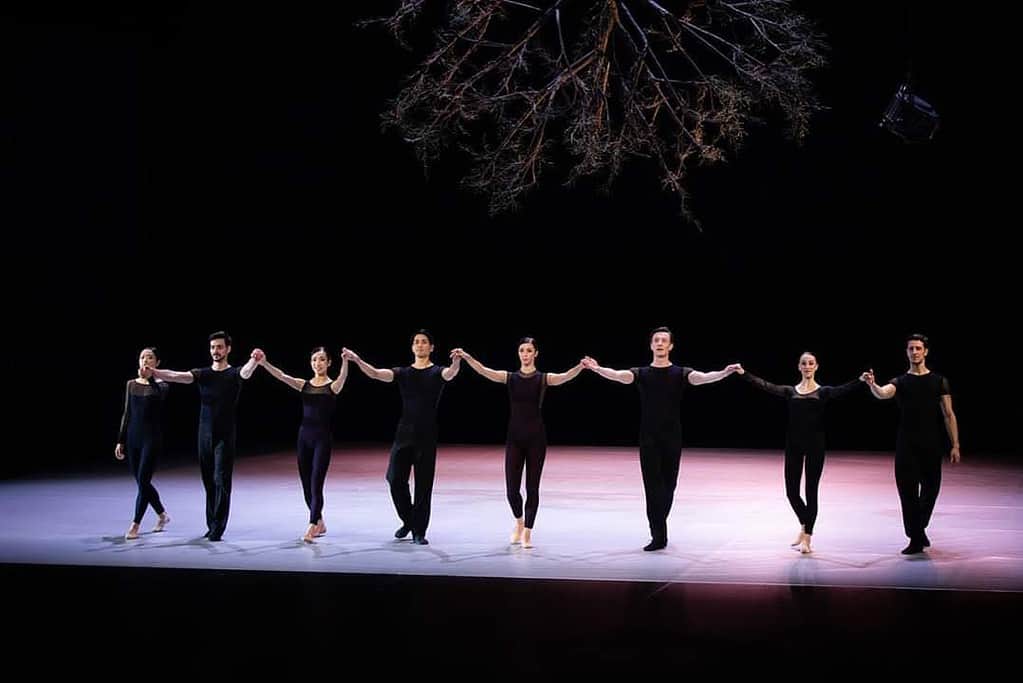
WHAT’S THE ALLURE OF A PROFESSIONAL DANCE CAREER?
Every dancer has a unique journey.
While some are drawn to this profession by the technical challenges and rigorous training, many find their deepest motivation is the sheer joy of performing and the exhilaration of being on stage.
For dancers, the stage serves as a sacred space where they transcend the boundaries of everyday life and immerse themselves fully in the art form they love.
Here, movements become expressions of emotion, stories come to life, and connections form with audiences through the universal language of dance.
The thrill of performing is unmatched.
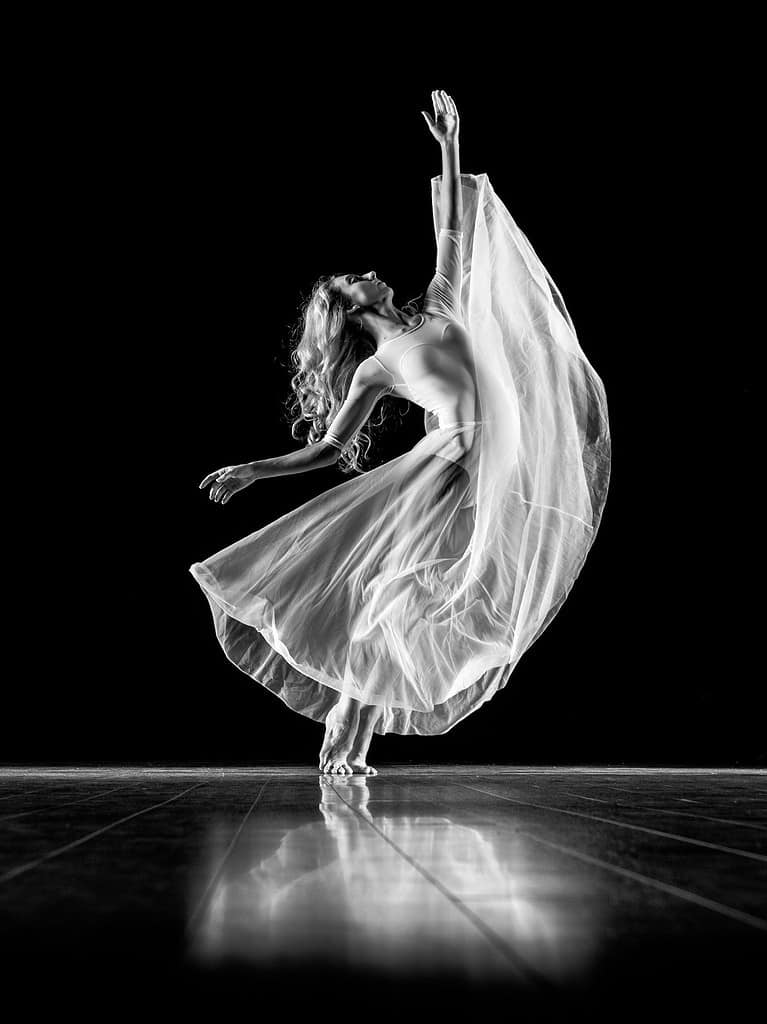
The anticipation, the lights, and the music; ignite our passion and creativity.
In these moments, dancers feel alive, free, and entirely present in the moment.
It is the driving force that pushes dancers through fatigue, to overcome obstacles, and strive for greatness.
HOW IMPORTANT IS DANCE PHYSIQUE AND NUTRITION?
Dancers understand the critical importance of maintaining a body that is not only visually appealing but also strong, resilient, and capable of withstanding the physical demands of training and performing.
While some dancers are born with natural physical traits suited to dance, genetics alone aren’t enough!
With evolving standards demanding precision, agility, and dynamic athleticism, dancers require strength and power, not solely a slender physique.
This highlights the importance of regular body conditioning and strength training, alongside a well-balanced diet to support and supplement the body.
DANCE IS NOT FOR THE FAINT-HEARTED
Having danced professionally myself for 15 years, I understand that this profession is not for everyone.
A career in dance holds a profound allure, blending passion with artistic expression.
However, it’s a path full of challenges that demand unwavering commitment and perseverance.
Dance requires not only talent and physical skills but also emotional resilience.
The countless hours of training and hard work, require a level of commitment and dedication, and often huge sacrifices.
On top of this, the dance world is often fierce and competitive.

You must possess a strong mind and body, and unfortunately, injuries are all too common and sometimes, can be career-ending.
While the road may be tough, for those willing to embrace its challenges, the journey can be profoundly fulfilling and rewarding.
SIMPLE STEP-BY-STEP GUIDE
Below is a simple step-by-step guide aimed at providing insights into the requirements and journey toward becoming a professional dancer.
STEP 1 – SELF-DISCOVERY AND PREPARATION
Before you embark on your professional dance journey, it’s crucial to understand your identity as a dancer and determine your aspirations and goals.
DANCE GENRE AND STYLE
What style of dance are you drawn to? What style emphasises your strengths as a dancer and your artistic expression?
Knowing what your dance genre and style is will help you look for companies that offer repertoire that aligns with your preferences, while also maintaining an open mind.
Dancers must possess versatility and adaptability to perform in various styles.
This keeps us growing and literally, on our toes.
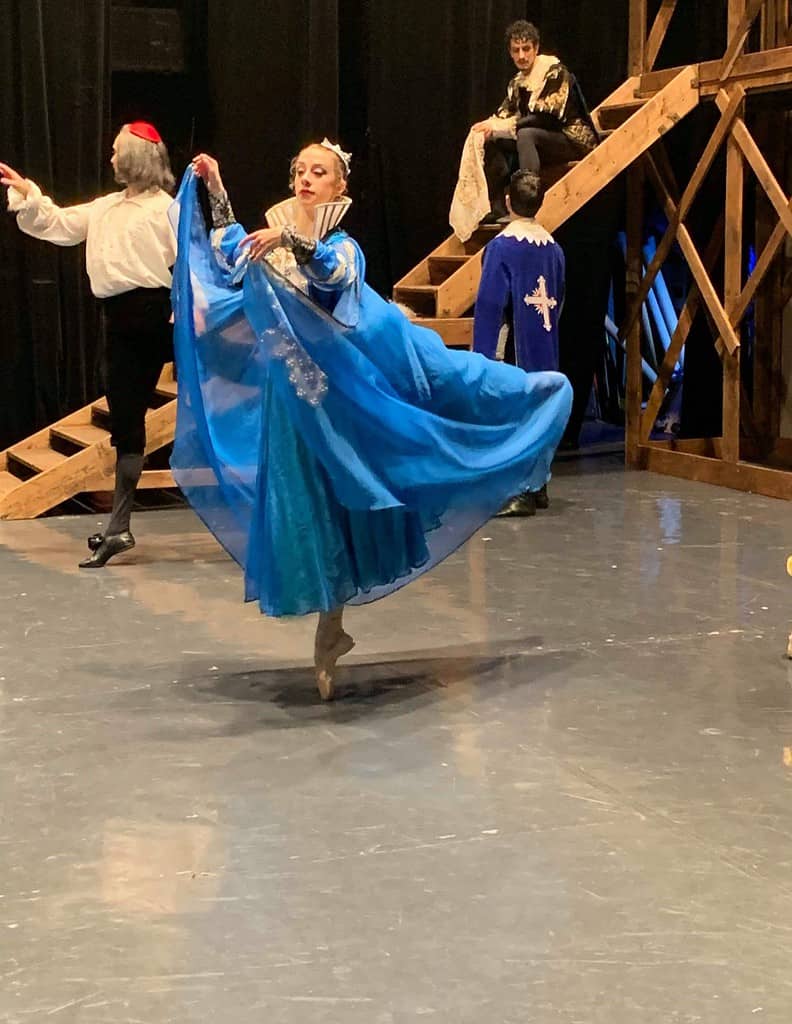
STRENGTHS AND WEAKNESSES
Identifying areas for improvement in your dancing is a positive step.
Consider taking extra classes and exploring different styles and genres to enhance your skills, and address muscle imbalances or weaknesses with body conditioning like Pilates.
It’s common to feel strong in one genre while weaker in another, but there’s always room for improvement and growth.
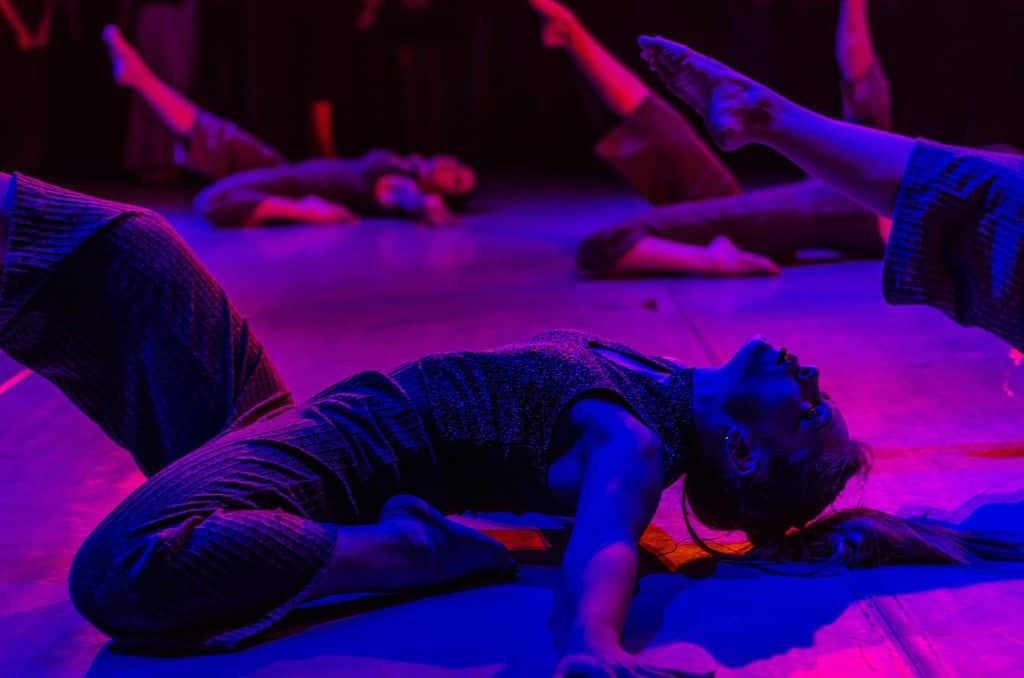
SKILL REFINEMENT
As dancers, we are constantly growing and changing, and this holds for our ability to perform different skills.
The inability to perform a specific ballet step doesn’t necessarily mean you’re not going to get a job.
I struggled with fouetté turns, primarily due to fear. It wasn’t until I performed Odile in Swan Lake, that I decided to conquer this particular step with determination and practise
A good mentor helped me overcome my fears and made me believe that although fouetté turns are extremely exciting to see, it’s the overall performance and artistry that the audience remembers.
STEP 2 – TRAINING AND EDUCATION
When the moment arrives to elevate your dance training, numerous avenues can guide you toward the path of success.
FIND A REPUTABLE DANCE SCHOOL/TRAINING PROGRAM
Before making a decision, do your research and reflect on your goals and how they can be attained.
Selecting an appropriate school isn’t solely about location; consider factors such as training methods, available styles, and post-graduation preparation.
Determine if you prefer part-time or full-time training.
Assess financial implications, and living arrangements, and ensure you have the necessary personal support in place.
This decision significantly shapes your future and warrants careful consideration.

DANCE QUALIFICATIONS AND CERTIFICATIONS
If your chosen school offers qualifications or certificates as part of their program, be sure to inquire about it.
While it may not appear significant initially, having additional credentials could prove valuable in the future (more about this later in step 7)
It’s wise to explore such options as they might offer a backup plan or open doors for future opportunities down the line.
ONE-ON-ONE COACHING
During my training, I was fortunate to receive one-on-one coaching sessions, thanks to supportive parents who enabled this opportunity.
I found these sessions particularly valuable, as my teacher focused solely on refining my technique, variations, and pointe work.
Additional training can be immensely beneficial, providing that extra edge and better preparation for your success as a professional dancer.
STEP 3 – BUILD A DANCE PORTFOLIO
Dance is as much about technical and artistic ability as it is about branding and outreach.
DANCE COMPETITIONS
Competitions may not suit everyone, yet they serve as excellent platforms for exposure and offer invaluable learning opportunities through stage performances in the competitive dance world.
Whether you opt to compete locally or internationally, competitions can boost your confidence, and facilitate networking opportunities right from the get-go.
CREATE A PROFESSIONAL DANCE RESUME
A well-written CV is essential when sending applications to company directors for auditions.
It should encompass your training, achievements, and experiences professionally.
HIGH-QUALITY PHOTOS AND VIDEOS
There’s nothing worse than bad-quality photos or shaky videos when you’re trying to make a good first impression.
Invest in a photographer who has experience working with dancers and make sure your video editing meets all the specific requirements. Trust me, it will be worth it!
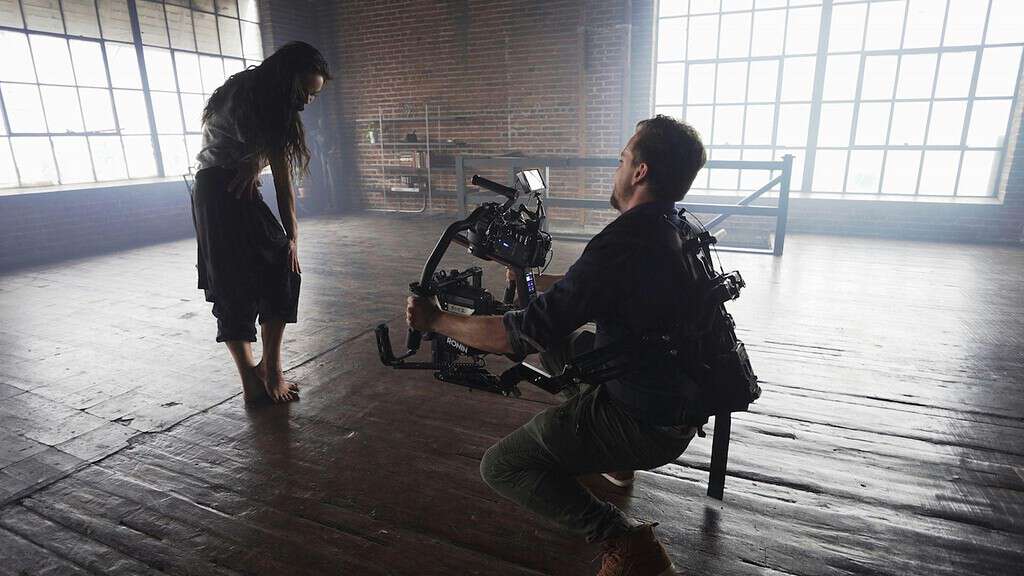
STEP 4 – AUDITION TIME
To ensure you’re well-prepared for auditions, including organising your CV, photos, and videos, as well as mental preparation, be sure to check out my blog, ‘How to Ace Your Ballet Audition’.
STEP 5 – STAYING HEALTHY AND FIT
Dancers are exceptional athletes whose art encompasses more than just their physical abilities. That’s why it’s so important to take care of you because you are your advocate!
PHYSICAL AND MENTAL WELL-BEING
Dancers demonstrate remarkable resilience. Enduring rejection from auctions or roles requires a tough mindset and a thick skin.
Mental resilience, coupled with positive self-talk, is essential.
Remember, you’re never alone.
Over time, I discovered the importance of relying on family and colleagues for support, and celebrating milestones and achievements together is a great way to share in each other’s successes.
Enhancing both physical and mental fitness is key to becoming a stronger and better dancer.

CONDITIONING
Training alone isn’t enough to succeed as a dancer, with the constantly changing demands of choreographies and styles.
Dancers need to have a strong and capable body. Conditioning and strengthening should be incorporated into any professional dancer’s routine.
MANAGING BURNOUT
Occasionally, dancers struggle with the concept of ‘less is more’, believing they must continually push themselves to work and train harder to improve.
However, this isn’t always the case, and rest days are equally crucial for recovery.
Preventing burnout involves listening to your body’s signals.
As dancers, we possess a heightened awareness of our bodies, and they often provide hints and cues when something isn’t right or when we need to take a step back.

STEP 6 – THE LAST HURDLE
Securing a contract might seem the hardest part, and for some, it can unfold quite quickly. As a result, it’s important to get yourself organised for the last hurdle.
DANCE CONTRACTS
A contract is a contract, no matter how short or long.
Some dancers may opt for seasonal contracts over no contract at all, especially if their goal is to perform with a company.
Seizing an opportunity when it arises is necessary, as you never know when another one might come along.
My experience in the Czech Republic began with a guest contract, offering minimal wage and lacking the benefits of a full contract (no health insurance or sick days). However, I accepted it because I wanted to dance.
Over time, I progressed from a guest contract to a company contract, then to a soloist contract, and eventually to a principal contract. This goes to show that something is always better than nothing.
FEAR OF THE UNKNOWN
While it might appear daunting to accept a contract in a foreign country without knowing the language, or a contract at all, there’s always a transitional phase.
This might be from school to the dance profession, or from one company to another.
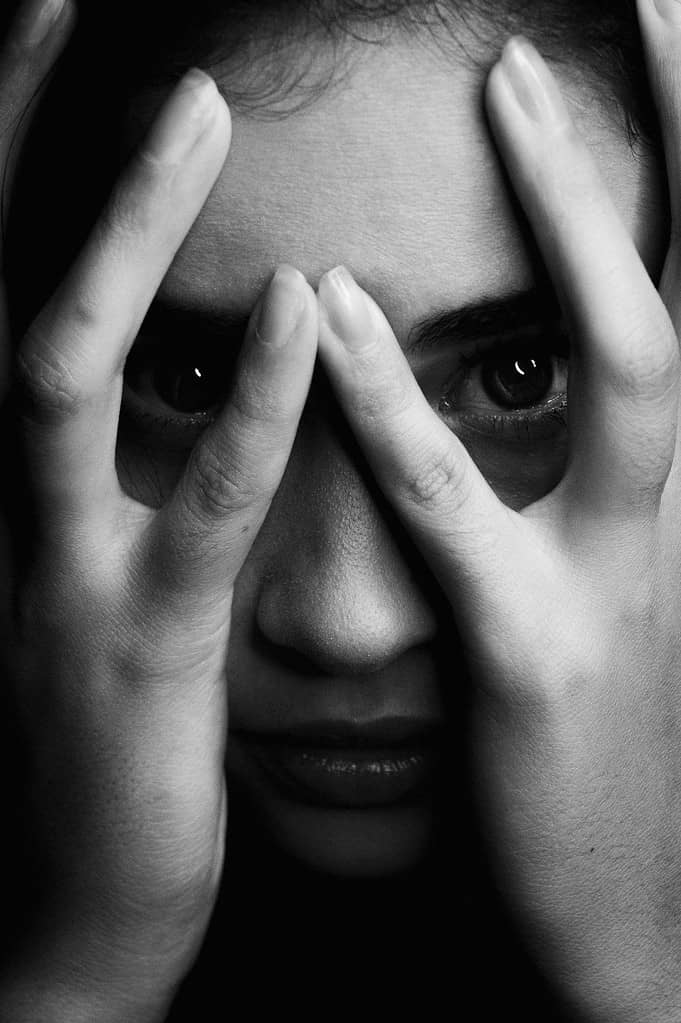
However, therein lies the excitement of dance.
There’s constantly something new to learn and a chance to grow, not just as a dancer but as an individual as well.
Instead of letting fear hinder your progress, embrace it and let your dreams become reality.
FINANCE AND BUDGETING
Dancers often receive low salaries given the extensive hours and effort they invest.
It’s important to establish a budget and financial plan, that’s going to support you both now and into the future.
While saving is crucial, there are also opportunities to do activities that bring you joy without necessarily breaking the bank.
STEP 7 – HAVE A FUTURE PLAN
Given the rigorous demands and intense competition within the dance industry, dancers must have a well-thought-out plan for the future.
PART-TIME STUDY/QUALIFICATION
Pursuing additional study and qualifications might not be your top priority when immersed in full-time dance commitments, juggling classes, rehearsals, and performances with minimal days off.
However, let’s be honest, you can’t dance on stage forever (happy for you to prove me wrong of course).

Online courses offer a convenient way for home study, providing you with the flexibility to learn at your own pace.
Whether you aspire to remain in the dance world post your professional dance career or decide to pursue other passions in business or fitness, I encourage you to start thinking about this sooner rather than later.
SIDE HUSTLE
Engaging in side hustles related to dance, like teaching, workshops, tutorials, or blogs, as well as pursuing entirely different endeavours, can serve as a beneficial way to make some extra cash and give you a mental break from dance.
You might find that a hobby now could potentially turn into a career later.
THINK ABOUT INVESTING
Investing presents an excellent opportunity to enhance financial stability for the future, and thanks to compound interest, you don’t always need a lot to start with.
Whether you’re investing in shares, property, or even cryptocurrency, it’s important to do your research and understand that investing requires time, patience, and always some level of risk.
Looking back now, it’s something that I wish I had started a lot sooner, but it’s never too late to start.
SUPER FUNDS/DEFINED BENEFIT PLANS
A retirement savings plan might sound a bit boring when all you want to do is dance, but trust me, don’t ignore it.
Depending on where you dance, Super Funds/Defined Benefit Plans might be called something different.
Take your time to understand how this works, what you’re entitled to, how much your employer should be contributing towards it, and where your money is being invested.
This will honestly pay dividends in the future, and help you fund your retirement.
FAQs
DO I NEED A FORMAL DANCE QUALIFICATION TO BECOME A PROFESSIONAL DANCER?
Professional dancers do not require formal qualifications to secure contracts.
While attending full-time ballet schools, individuals may obtain diplomas or certificates in dance as part of their training, but these credentials are not mandatory for securing dance contracts.
ARE THERE FINANCIAL CONSIDERATIONS WHEN PURSUING A DANCE CAREER?
Embarking on a professional dance career may bring fulfillment, but it’s probably not going to fill your wallet.
Dancers typically endure extensive hours for low pay, especially when contrasted with the absurd salaries of professional footballers.
It’s advisable to seek additional income streams, such as teaching in dance schools, performing in galas, or exploring different investment opportunities.
HOW MUCH DO PROFESSIONAL DANCERS MAKE?
Professional dancer’s earnings can vary significantly and will be dependent upon a dancer’s level of experience, the country, and their role within the dance company.
Drawing from my experience working professionally in the Czech Republic for many years, I earned enough to cover my living expenses, but saving for the future proved challenging.
I would recommend carefully budgeting and finding alternative sources of income to build up your emergency fund.
WILL DANCING PROFESSIONALLY TAKE ME AROUND THE WORLD?
One of the remarkable aspects of dancing is the opportunity to travel.
Beginning from a young age, attending full-time ballet school might even mean leaving home to study abroad.
Audition tours, company contracts, and touring can lead to a lot of sightseeing around the world.
It’s important to note that dancers often change companies throughout their careers, rarely remaining in one place.
WHAT’S THE TYPICAL LENGTH OF A PROFESSIONAL DANCER’S CAREER?
The typical duration of a professional dancer‘s career varies widely among individuals and depends on factors such as physical health, career opportunities, and personal choices.
Some dancers may enjoy long and successful careers spanning decades, while others may choose to transition to other pursuits after a shorter period, often influenced by factors like injury, changing interests, or family commitments.
WHAT DOES A DAY IN THE LIFE OF A PROFESSIONAL DANCER LOOK LIKE?
A day in the life of a professional dancer will look different for everyone. To see what it was like for me, check out my blog ‘A Day in the Life of a Professional Dancer’.
WRAP UP
Embarking on a journey to become a professional dancer requires many different skills and abilities.
Beyond mastering technique and artistic expression, aspiring dancers must prioritise mental and physical well-being, cultivate a supportive network, and embrace the ever-changing dance world that can offer so much.
Sometimes it can come down to being in the right place at the right time, and other times, things are completely out of our control.
Scary right?
But, my professional dancing experience, brought me endless joy and fulfillment, mixed with struggles and challenges, that have been unparalleled with anything else.






